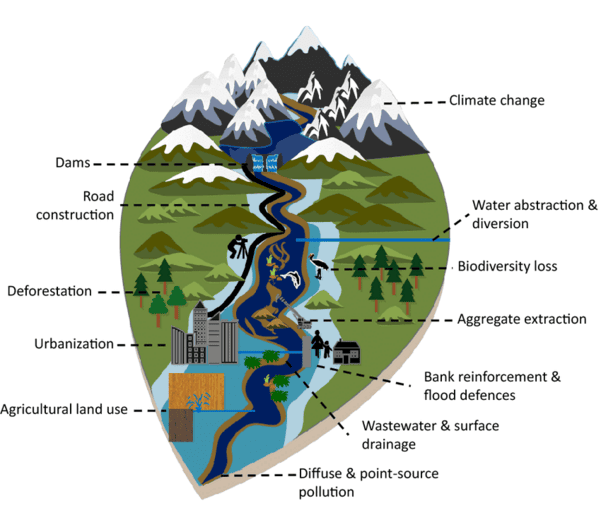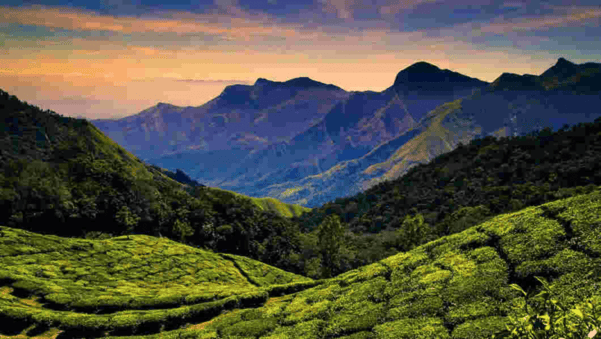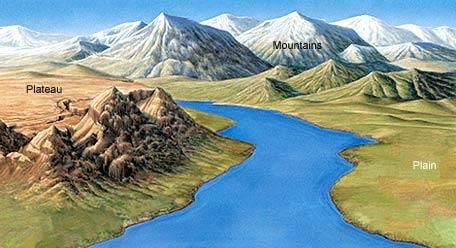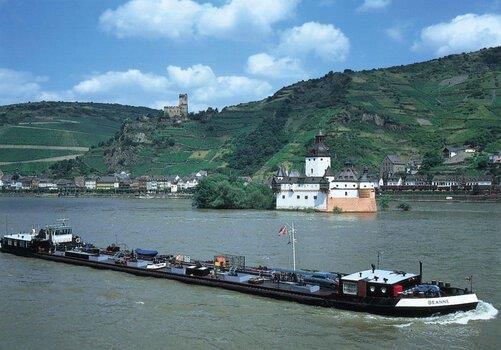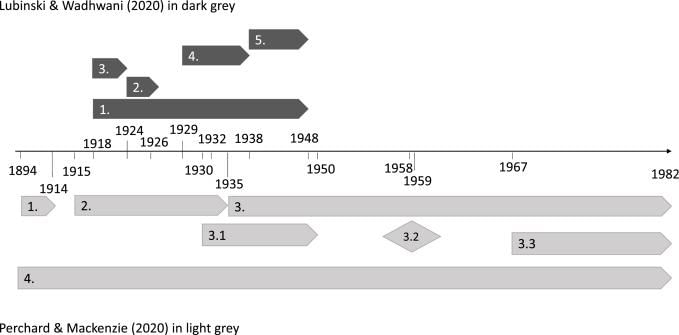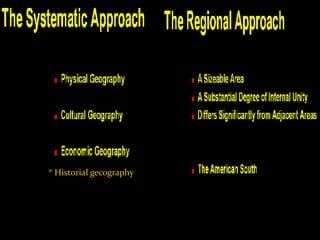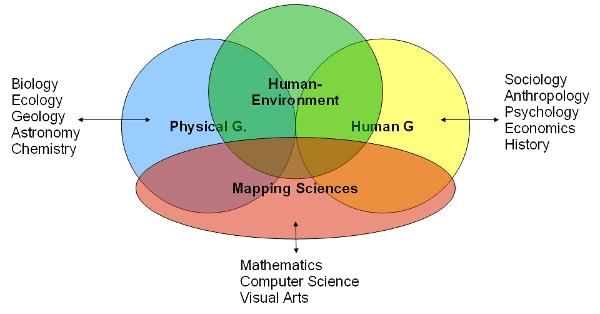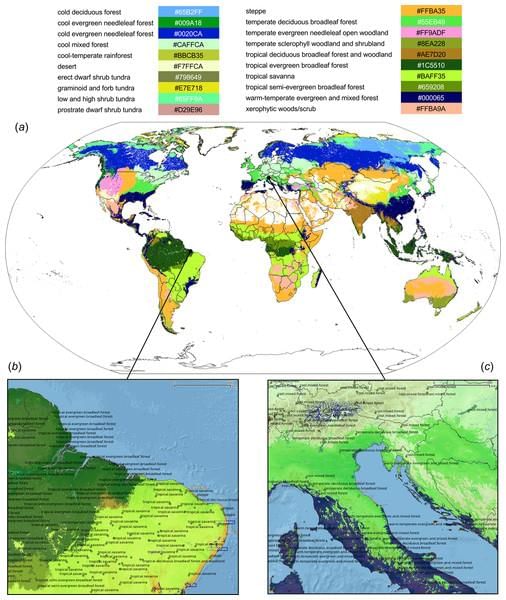|
True or False: Geography only focuses on human activities and ignores physical features of the Earth. |
Card: 1 / 32 |
|
Fill in the blank: The Earth's physical features include mountains, ___, valleys, plains, plateaus, oceans, lakes, deserts, and wilderness areas. |
Card: 3 / 32 |
|
The Earth's physical features include mountains, rivers, and ___ which shape the environment for living organisms. |
Card: 5 / 32 |
|
True or False: Human activities have no significant impact on the Earth's geography. |
Card: 7 / 32 |
|
False. Human activities significantly shape the Earth's geography through the construction of cities, roads, and other infrastructures. 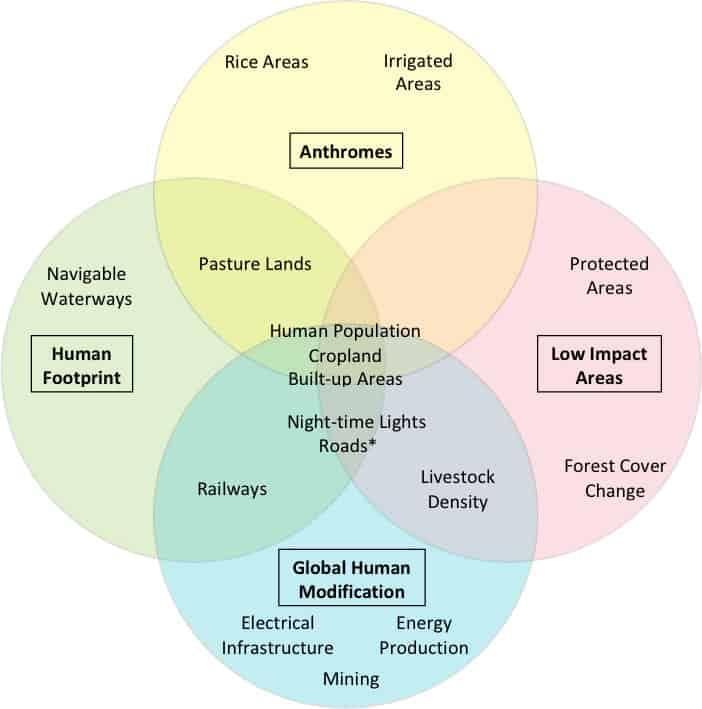 |
Card: 8 / 32 |
|
Fill in the blank: The interaction of nature and society is evident in how ___ are crucial for transportation and trade. |
Card: 9 / 32 |
|
Mountains can act as barriers to travel, influencing the locations of cities and trade routes, while also being sources of resources like minerals and fresh water. 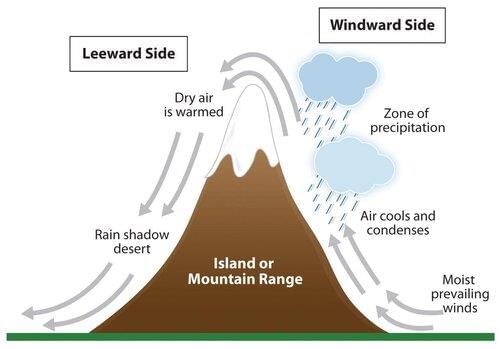 |
Card: 12 / 32 |
|
Geography synthesizes spatial information, similar to how history synthesizes ___ information. |
Card: 13 / 32 |
|
True or False: Geography only studies physical landscapes and does not consider human interactions. |
Card: 15 / 32 |
|
False - Geography also examines human interactions and their impacts on the environment.  |
Card: 16 / 32 |
 Unlock all Flashcards with EduRev Infinity Plan Starting from @ ₹99 only
|
|
The Himalayas serve as a significant barrier in geography, influencing historical events by ___ and ___. |
Card: 17 / 32 |
|
True or False: Geographic features such as oceans and mountains have minimal influence on historical narratives. |
Card: 19 / 32 |
|
False - Geographic features significantly shape historical narratives and events. 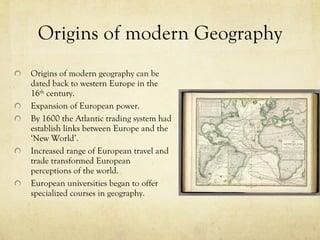 |
Card: 20 / 32 |
|
Geography integrates knowledge from various disciplines to understand the relationships and interactions between different phenomena in both natural and human environments. 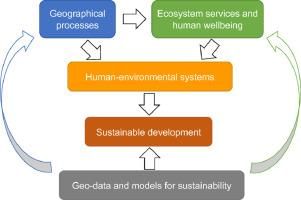 |
Card: 22 / 32 |
|
True or False: Systematic geography focuses on the study of specific regions only. |
Card: 25 / 32 |
|
False. Systematic geography focuses on studying phenomena globally and identifying typologies or spatial patterns. 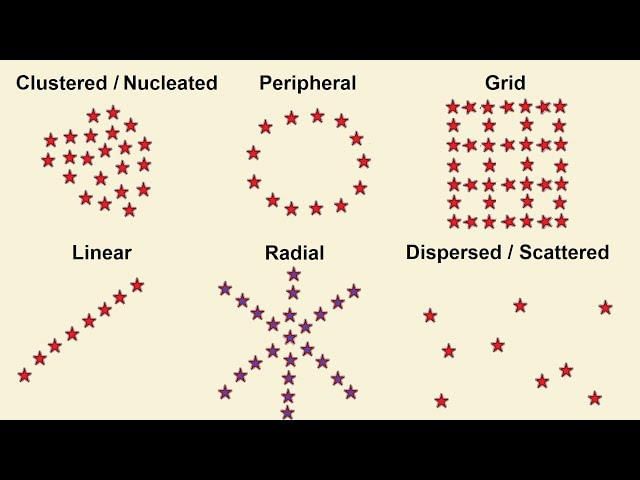 |
Card: 26 / 32 |
|
True or False: Human geography emerged solely due to the study of physical geography. |
Card: 27 / 32 |
|
False. Human geography emerged as humans influence the Earth's surface and cultural practices, highlighting human activities. 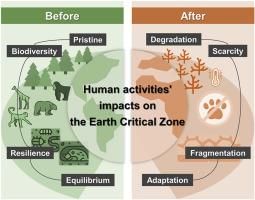 |
Card: 28 / 32 |
|
Fill in the blank: Geography emphasizes a dualistic nature, focusing on ___ geography and ___ geography. |
Card: 29 / 32 |
|
Which type of geography would focus on the patterns of natural vegetation globally? |
Card: 31 / 32 |





